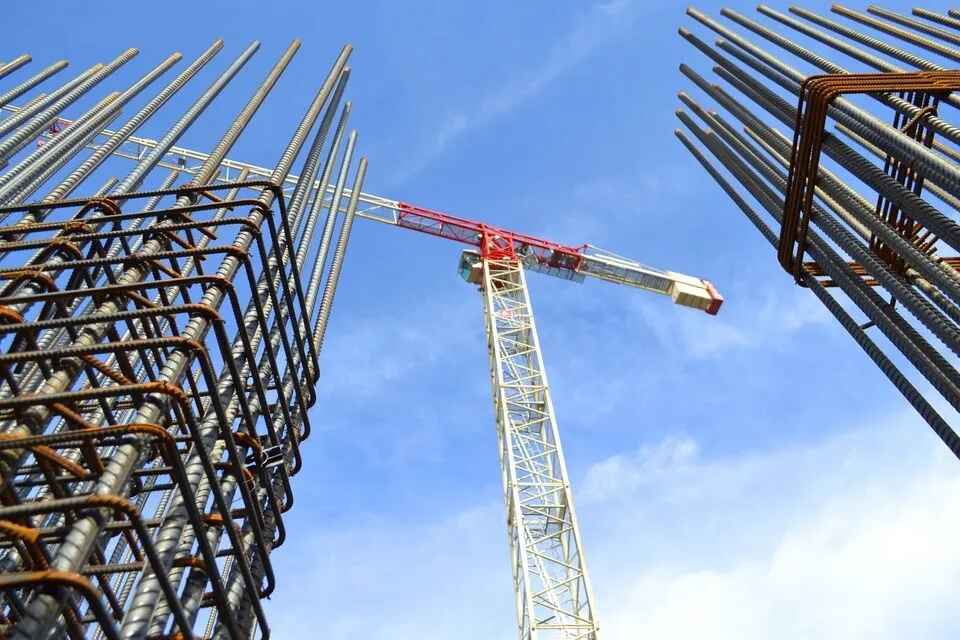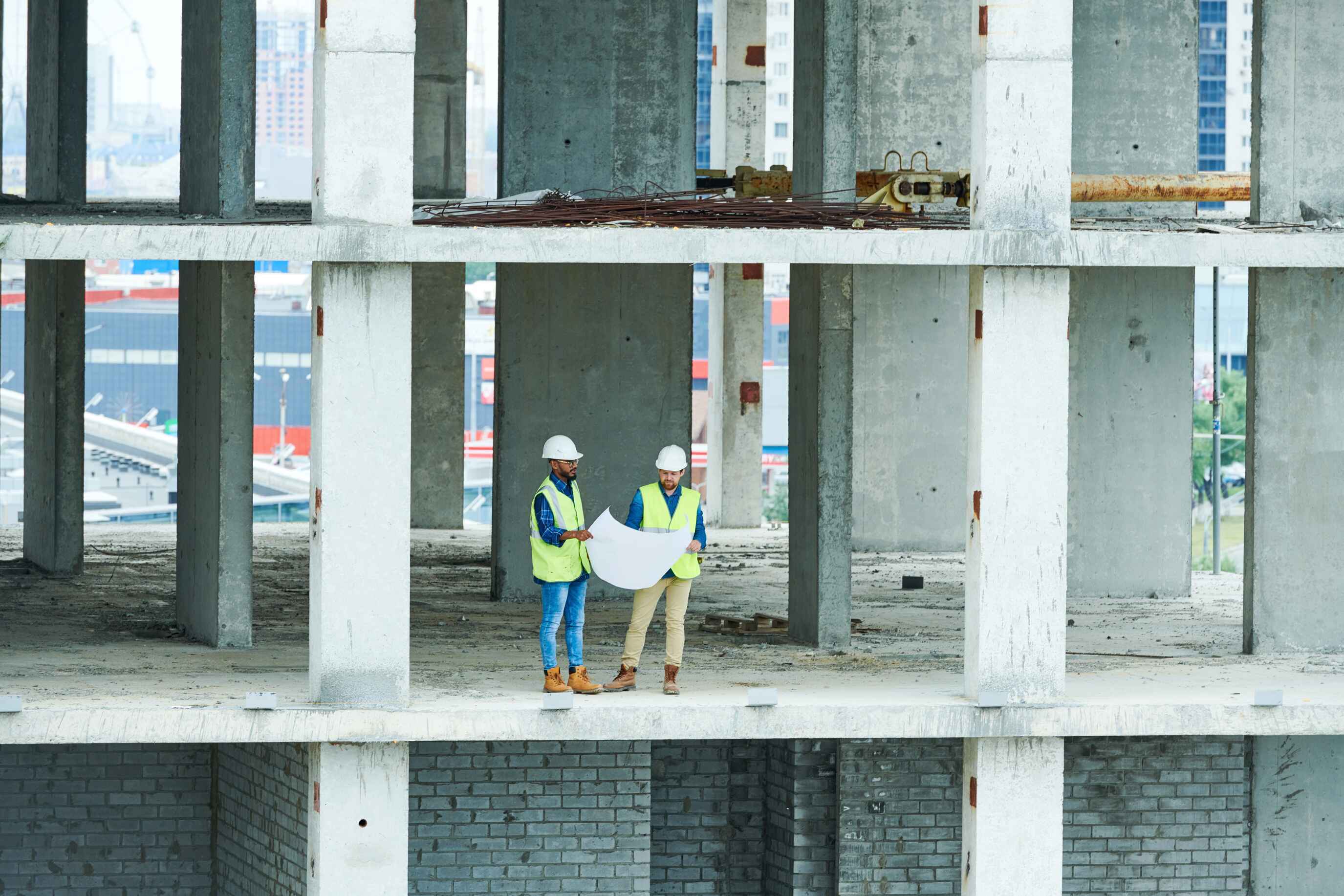Traditional contractors are having a difficult time standing out in a competitive construction market because of:
- Volatile global trade
- New rival construction businesses
- Unpredictable economic conditions
By adopting new business tools, models, and technologies, construction businesses can weather this storm on their own and thrive in it. It will also ensure the future of your business.
Volatile Global Economy
Construction businesses should be able to:
- Fund proactive growth
- Expand into new markets
- Invest in disruptive technologies
Otherwise, construction businesses will have a hard time competing in the current economic environment. The unpredictable material costs, partially due to protectionist trade policies, are a concern. Material costs in the United States increased by more than 7% during 2018. Downward price pressure has kept the margin on new construction businesses around 3%, and the margin on service contracting could be 14%.
3 Ways To Ensure The Future Of Construction Businesses
Here are three ways that new technologies can help construction businesses ensure their future:
- BIM and ERP:
Digital transformation tools such as Enterprise Resource Planning (ERP) and Building Information Management (BIM) software provide a foundation for management teams during times of uncertainty. The embracing of these higher-margin business models makes them stand out in their global or regional market.
Most large and mid-size construction businesses have implemented some form of ERP software. ERP software offers great potential for construction businesses as it allows managers to control the business by providing a detailed set of management information. The projects that rely on data can be delivered on time, with minimal risk, at a lower cost, and at a high quality. - Support before, during, and after projects:
Contractors should explore how advanced technologies such as robotics, the Internet of Things (IoT), and Artificial Intelligence (AI) can help them change their way of doing business. IoT sensors automatically update databases that underpin BIM.
The best benefit of technology is post-project completion as it can monitor project integrity, structural members, and mechanical systems. The data from IoT sensors can be run past algorithms that predict the system or structural failures. - Realizing the potential of off-site construction and standardization:
Improved use of labor helps to address the global shortage of skilled laborers in the industry. It makes for reduced project timelines and lower overall costs. Using manufacturing processes for off-site work is not affected by inclement weather.
Off-site construction might drive change in the way construction takes place through the standardization of parts and materials. It enables contractors to work with owners to create unique projects based on standard components. While contractors also manage construction-centric business processes and the time and resource restrictions of site-based work.
The Bottom Line
Business practices and modern technologies will be essential in ensuring the future of construction businesses. Tools such as robotics, AI, and IoT provide new avenues to construction contractors to offer standardized products and different services. To facilitate their potential, contractors must implement a complete ERP system that can piece these technologies while ensuring cost flow and value throughout the business.
Build and manage a better workforce with integrated HR solutions from ADP Marketplace partners like Points North.




